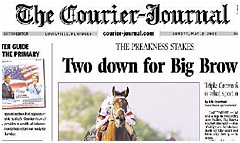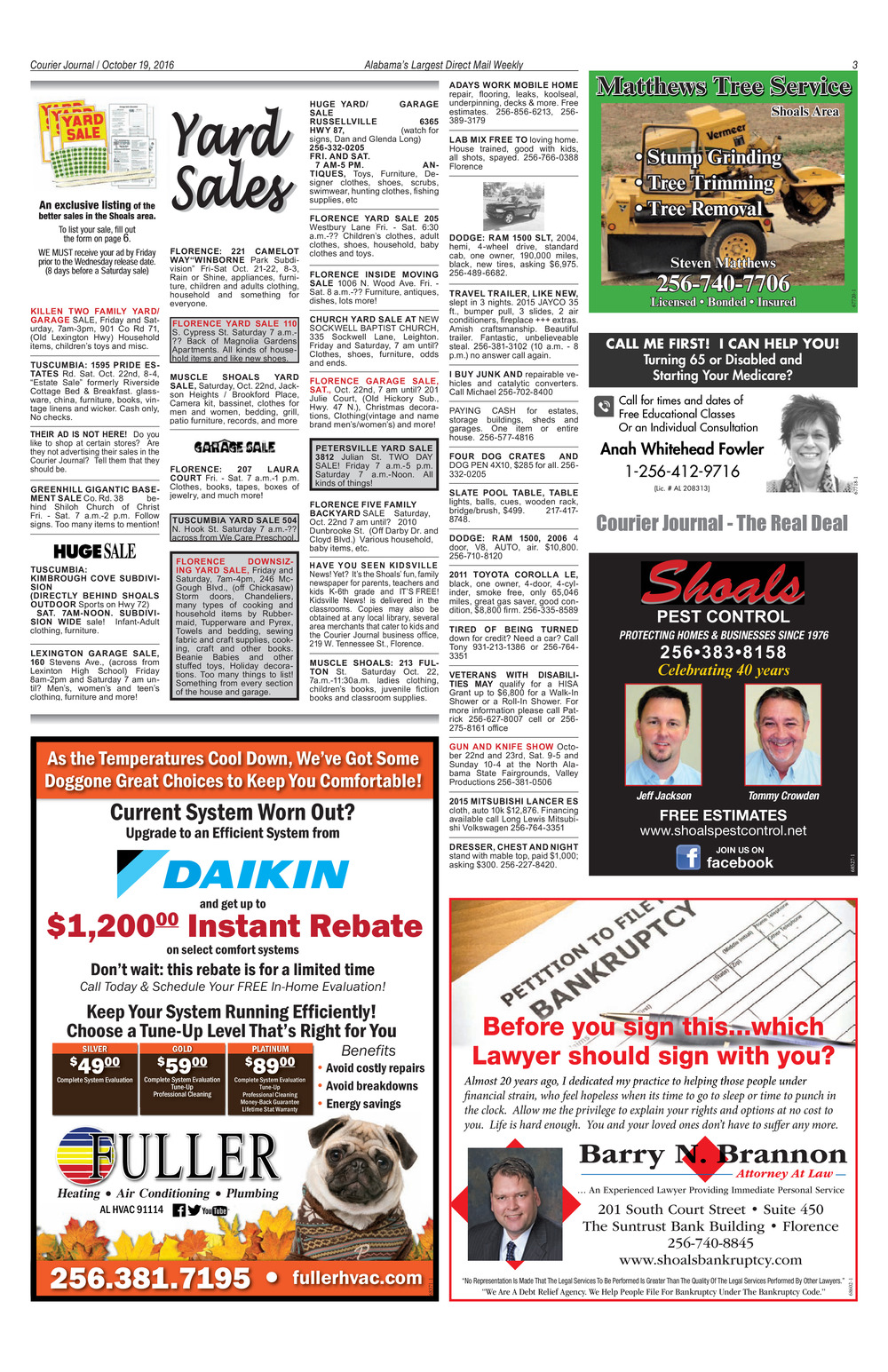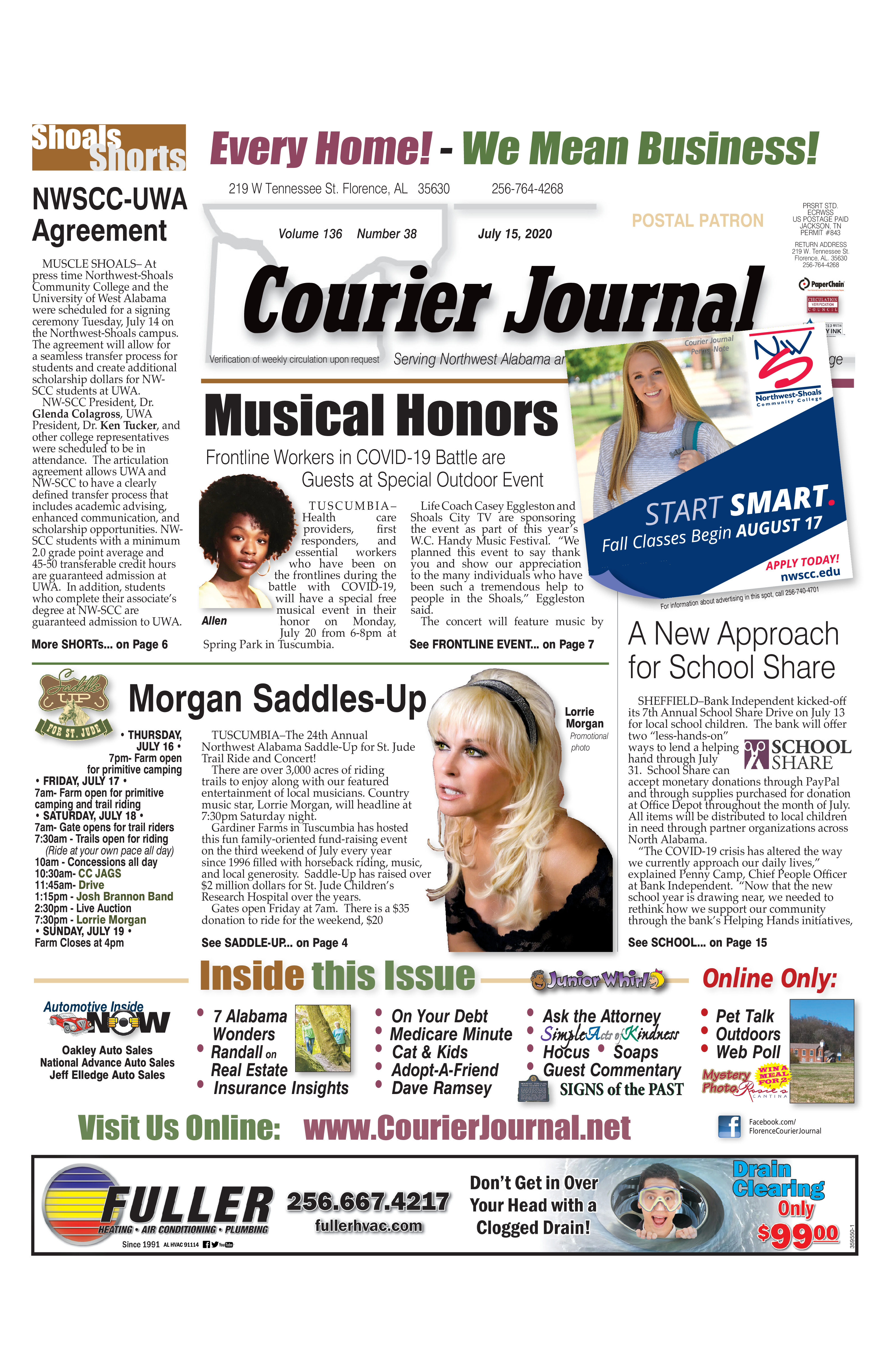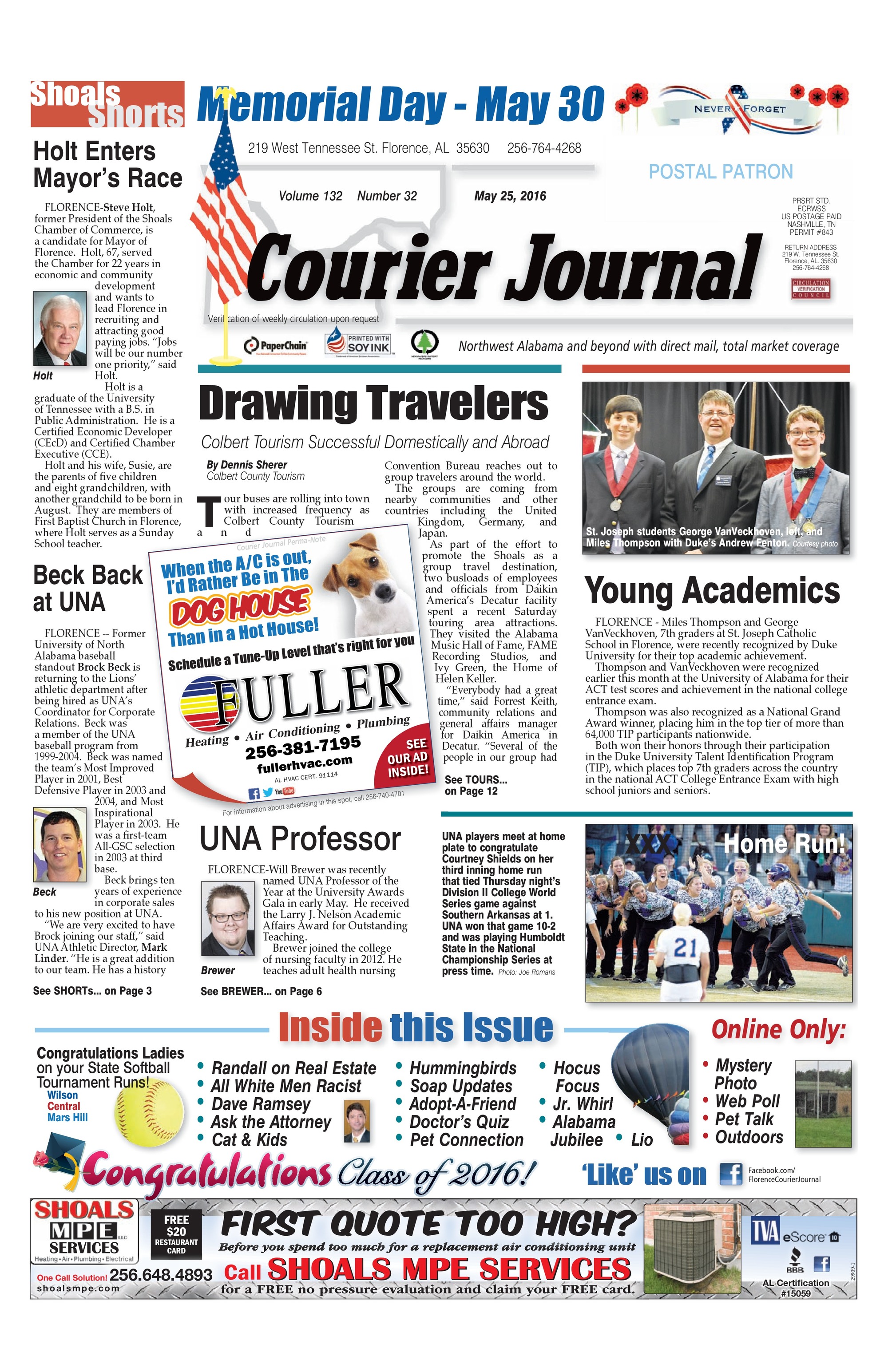
The liberal Bingham clashed with long-time editor Watterson, who remained on board, but was in the twilight of his career. On August 8 1918, Robert Worth Bingham purchased two-thirds interest in the newspapers and acquired the remaining stock in 1920. Haldeman had owned the papers until his death in 1902, and by 1917 they were owned by his son, William, and Henry Watterson. The Courier supported Bryan in future elections. Only the popularity of the Louisville Times, which had no strong editorial reputation, saved the newspaper company from bankruptcy. Kentucky voted for the Republican candidate in 1896, the first time in state history, and local political leaders blamed the Courier. This unpopular decision upset readers and advertisers, many of whom pulled their support for the Courier-Journal. In 1896, Watterson and Haldeman opposed Democratic presidential candidate William Jennings Bryan over his support of "Free Silver" coinage. The Courier-Journal founded a companion afternoon edition of the paper, The Louisville Times, in May 1884. He won a Pulitzer Prize in 1917 for editorials demanding the United States enter World War I. He attracted controversy for attempting to prove that Christopher Marlowe had actually written the works of Shakespeare. He supported the Democratic Party and pushed for the industrialization of Kentucky and the South in general, notably through urging the Southern Exposition be held in Louisville.

He became nationally known for his work as the Courier-Journal emerged as the region's leading paper. Henry Watterson, the son of a Tennessee congressman, had written for Harper's Magazine and the New York Times before enlisting in the Confederate Army. During secret negotiations in 1868, The Journal and the Courier merged and the first edition of The Courier-Journal was delivered to Louisvillians on Sunday morning, 8 November, 1868. In 1868, an ailing Prentice persuaded the 28-year-old Henry Waterson to come edit to the Journal. The Courier was suppressed by the Union and had to move to Nashville, but returned to Louisville after the war. The Louisville Daily Journal and the Louisville Morning Courier were the news leaders in Louisville and were politically opposed throughout the Civil War The Journal was against slavery while the Courier was pro-Confederacy. In 1844, another newspaper, the Louisville Morning Courier was founded in Louisville by Walter N. Prentice would edit the Journal for more than 40 years. Prentice, a New Englander who initially came to Kentucky to write a biography of Henry Clay. The Journal was an organ of the Whig Party, founded and edited by George D. In 1830 a new newspaper, The Louisville Daily Journal, began distribution in the city and, in 1832, absorbed The Focus of Politics, Commerce and Literature. Pioneer paper The Focus of Politics, Commerce and Literature, was founded in 1826 in Louisville when the city was an early settlement of less than 7,000 individuals. Click an article title or ad image to open it for reading.The Courier-Journal was created from the merger of several newspapers introduced in Kentucky in the 1800s. Once the search results load, click a page number to view that page.

Insert the word or text to search and click on the Search button. To search for past editions, click “Search Archive” on the black navigation bar. A search page will appear on your screen.You can search for past editions for up to 30 days: Then select the Share icon and follow the instructions to highlight/clip the area to be printed. Click ‘Browse’ and then select the Page Number in the top left or right corner of the displayed page.If you prefer to define the area of the page that is printed, click the Share icon, then select the Clip option on the Sharing menu.Click the Print icon directly above the content.

Select the content on the paper you want to print so that it is displayed on the right side of the screen.

There are two ways to save and share articles: When a story is selected, you can decrease or increase the text size, listen to the article, and switch between graphical and text displays of the article by selecting the appropriate icon at the top of the story on your screen.Pressing the arrows on the right and left sides of the page image will change pages.This makes it easy to read while also still viewing the page. Select a story or image on the page, and it will load on the right side of your screen.Index mode allows several options for formatting content for reading, printing or sharing: Click on any page image to open it for viewing.Click “Pages” on the black navigation bar to easily see and access all pages in the edition you are viewing.


 0 kommentar(er)
0 kommentar(er)
